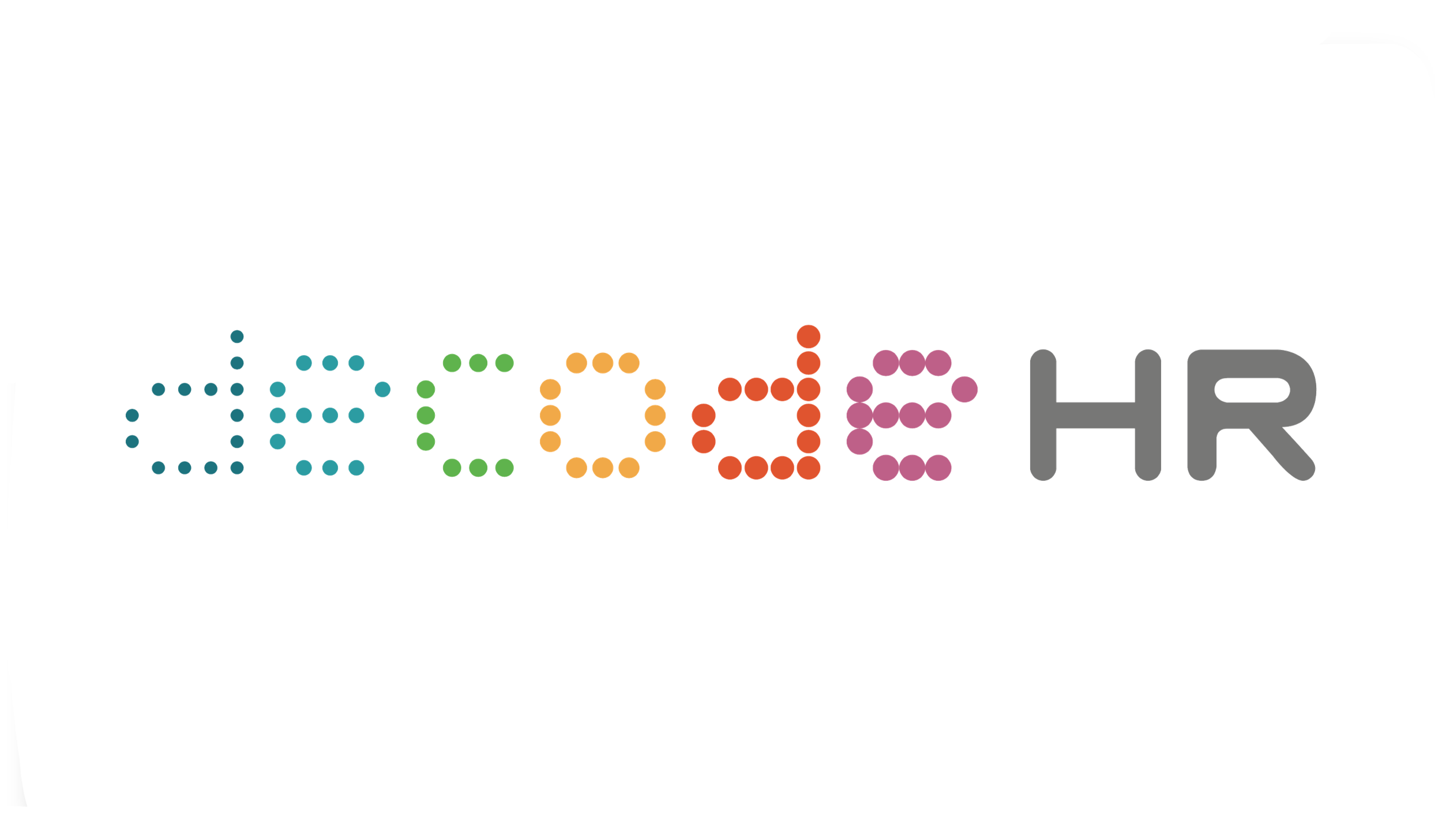Best Practices of Generative AI in Business
Reading time: 4 mins
HR leaders can drive business success by understanding AI's potential
Photo: Canva
In today’s dynamic and competitive landscape, it is imperative for HR leaders to grasp how businesses can leverage the capabilities of generative AI. By understanding how companies can use AI technologies to make more informed decisions, allocate resources efficiently, and streamline work processes, HR leaders can bridge the gap between technology and human capital.
Many businesses are already trying to comprehend and harness AI’s potential. In an online survey of 600 American business owners, an overwhelming 97% believe ChatGPT will help their business. Optimism about the use of generative AI also shows in Chinese, Japanese, and Singaporean companies, primarily to reduce workload [1].
One in three businesses in the USA plans to use ChatGPT to write website content, while 44% intend to use it to create content in other languages. Many are starting to recognise the benefits of using generative AI to help with various work tasks. Using ChatGPT as a personal assistant has proven to increase productivity in content writing, SEO, code debugging, and summarising text, among other things.
Here are some examples of how companies use generative AI.
1. Customer service
Photo: Canva
Using a generative AI chatbot improves customer experience by responding to queries faster and with more human-like replies, making the experience more personal. However, people are generally suspicious when they receive instant replies. That's why LISA, an AI leasing assistant, waits a minute or two before responding to a customer's query [2]. Over time, generative AI is likely to become even more embedded in customer service, with businesses using it in decision-making and proactively solving problems instead of merely responding to queries.
2. Credit card fraud detection
Photo: Canva
Detecting credit card fraud involves looking at a lot of transaction data to find unusual patterns. However, tricky fraud patterns present challenges for traditional methods, like rule-based systems and statistical models.
But generative AI has the ability to analyse large amounts of data and identify anomalies. It understands how regular transactions usually look and can spot differences from the norm.
To do this, a Generative AI model called Generative Adversarial Network (GAN) is trained on a vast dataset of credit card transactions.
This training helps the model understand what everyday transactions look like.
The clever part is that the trained GAN can create fake transactions that look just like real ones. So, when new transactions come in, we compare them to these fake ones.
If anything looks different, we get a warning that it might be a fraud. This helps companies catch fraud more effectively and protect people's credit card information [3].
3. Content development
Photo: Canva
There are several ways companies use generative AI, such as ChatGPT, for content development. It serves as a tool for conducting preliminary research on topics that are new to them yet established within the field. That way, they can get a list of issues integral to that topic, which they can research further. Some also use ChatGPT to rewrite a given text for different types of content, such as a memo or a social media post. This saves time because ChatGPT can turn a rough draft into something usable. For optimal results, users should work on improving their prompt skills, which would enable ChatGPT to understand the request better and generate more accurate and specific information.
4. Marketing
Photo: Canva
Marketers can use ChatGPT to create interactive chatbots for engaging with customers, identify high-quality leads through lead scoring, and send personalised emails based on customer behaviour and interests.
Coca-Cola recently partnered with consulting firm Bain & Company to leverage generative AI for a marketing campaign, using it to create personalised customer experiences. One of their strategies is to use Dall-E - an AI system that creates realistic images and art from text descriptions - to generate personalised ad copies, visuals, and messaging [4].
5. Software engineering
Photo: Canva
As AI technologies advance, their role in coding is becoming critical. As a result, software engineers are poised to assume more strategic responsibilities, such as devising overarching concepts and providing logical structures for the code generator to follow. To do this, engineers will need a deeper understanding of AI algorithms and how they work. With a firm grasp of these principles, engineers can effectively guide AI to produce precise, customised code that meets their project requirements [5].
GitHub Copilot, a cloud-based AI tool launched in June 2022, has seen continuous improvement, now generating 46% of developers' code across all programming languages (61% in Java), up from the initial 27% [6].
There are many other examples of how generative AI is being harnessed in different fields and industries.
Generative AI for learning
Photo: Canva
Educational tech company Duolingo, for instance, has integrated the advanced capabilities of GPT-4 into its Duolingo Max service. With this application, learners can practise conversing and get insightful feedback on their errors, providing an experience that resembles interacting with a personal tutor or language partner. GPT-4's human-like responses and enhanced intelligence have contributed to this innovative language education approach, capturing learners' interest and potentially reshaping how people learn languages [7].
Generative AI to boost sales
Photo: Canva
Generative AI is also being used to help sales teams save time and get better results. Cloud-based platform HubSpot combined its capabilities with OpenAI and other tools to streamline ChatSpot, an AI-powered sales and marketing assistant. This allows a salesperson to research a target company and its business leader and then compose an email incorporating the gathered information and knowledge about the salesperson. The resulting email draft can be edited, sent, and tracked within HubSpot's system while automatically adding the target business leader's contact details to the associated database [8].
AI and the future of work
Photo: Canva
While generative AI boosts productivity and helps businesses to step up their game, it is also important to note that it may come with bias, 'hallucinations', and plain wrong made-up facts [9].
In a recent case in the US, a judge fined two lawyers and a law firm $5,000 after ChatGPT generated fake citations in a court filing. The lawyers used fictitious legal research that ChatGPT generated in an aviation injury claim against Colombian airline Avianca [10].
To mitigate this problem, many emerging AI startups are more niche-focused and therefore less prone to errors. Models such as Harvey AI, a law-generative AI model [11], are better able to remedy such issues.
We see a future where each niche has sophisticated and accurate generative models that boost productivity with a decreased risk of bias and wrong facts. These models, however, are and will remain tools. It is up to us to use these tools wisely.














